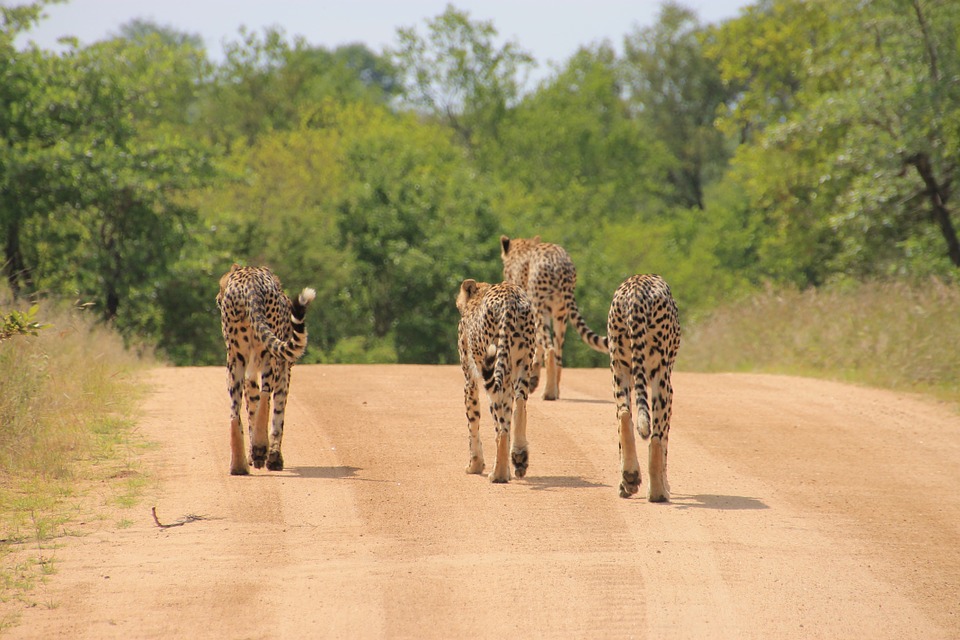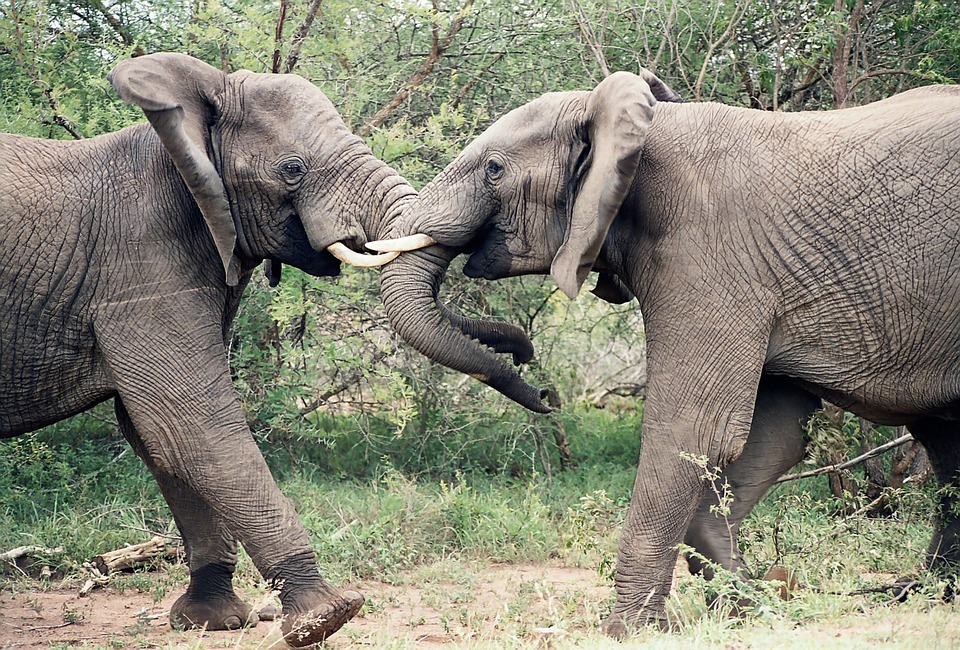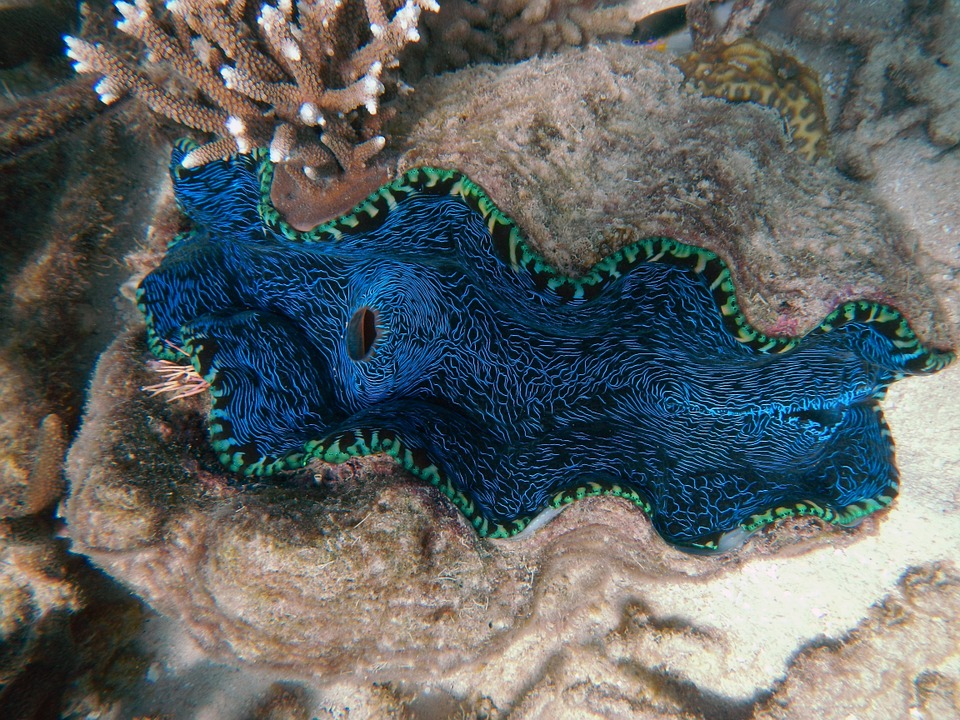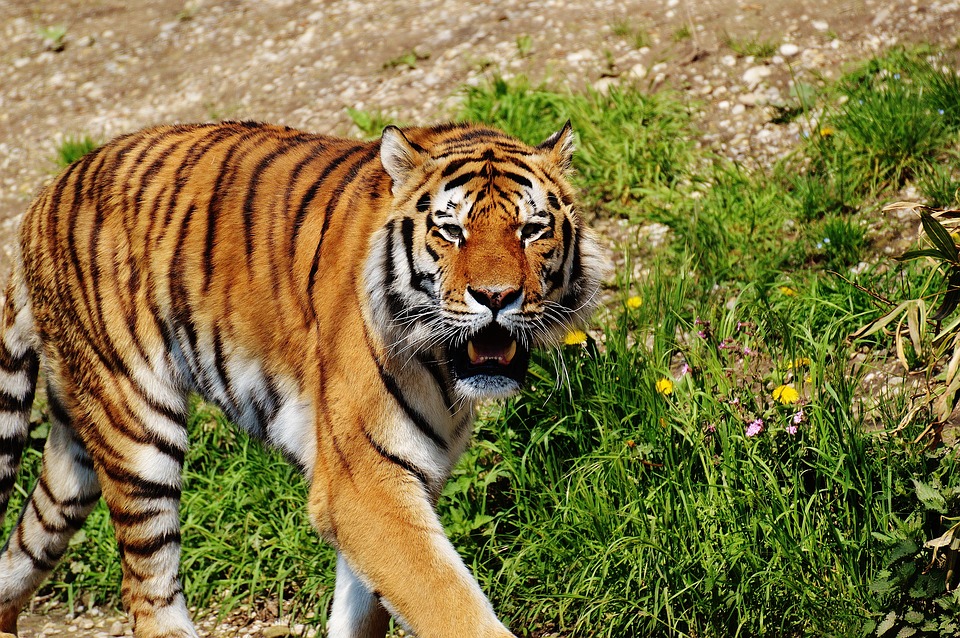

Whether you prefer a trip to the South American cloud forest or a suburban alley, spotting native creatures is a wonderful way to really enter a place: An animal often seems to embody an entire landscape. It’s not easy defining the “greatest” wildlife destinations for the ecotourist. Kamchatka or Kodiak Island, with their huge brown bears? Or How about the amazing sea turtles of the Galapagos?

Africa is home to some of the largest and most famous wildlife preserves in the world, such as the Serengeti, Selous, and Okavango Delta. Kruger National Park in eastern South Africa is at the top of the roster. With more than 7,000 square miles along the Zimbabwe and Mozambique borders, Kruger links with other preserves in those countries from the Great Limpopo Transfrontier Park.

Encompassing both Yellowstone and Grand Teton national parks as well as surrounding national forests, the Greater Yellowstone Ecosystem is nearly 30,000 square miles of Northern Rocky Mountain wilderness rich in wildlife. Check out this three bedroom vacation rental near Yellowstone National Park. This two bedroom condo is also a great option. Follow this link for more Yellowstone National Park vacation rentals.

Welcome to the world’s most extensive mosaic of coral reefs, the Great Barrier Reef off the northeastern coast of Australia is one of the most beautiful wildlife destinations in the world – especially for those willing to go snorkeling or scuba diving. Containing nearly 3,000 individual reefs along with hundreds of islands, cays and sandbars in the Coral Sea, the Great Barrier Reef harbors hundreds of species of corals – with over 5,000 to 8,000 kinds of mollusks, over 1,300 species of crustaceans and fish ranging from little wrasse to whale sharks. Up to 1.7 million seabirds nest within the reef’s boundaries. Six species of sea turtles use the reef for foraging and nesting, and estuarine crocodiles roam through on occasion.

Considering its geographic massiveness and ecological variety, it’s no surprise some of the world’s most critical wildlife reserves lie in Asia. India’s Ranthambore National Park is surely one of the standouts, not least because it’s one of the last places anywhere that you have a decent chance of spotting a wild tiger. Dry forest cloaking rugged hills and ravines of the Aravali and Vindhya highlands shelters stunning Bengal tigers.

One of the world’s largest wetland, the Pantanal is a vast, fertile conglomerate of seasonally flooded grasslands, savannas, forest groves and marshes occupying a large basin along the Brazil, Bolivia and Paraguay borders. Big predators like jaguars, anacondas and caimans dominate the food chain, and birdwatchers can enjoy some of the most beautiful species around. Four reserves in the region constitute a UNESCO World Heritage Site, the Pantanal Conservation Area.